
The 7 Most Common Sexual Fantasies—And How to Bring Them to Life

Building Erotic Trust: Safety, Consent & The Art of Surrender
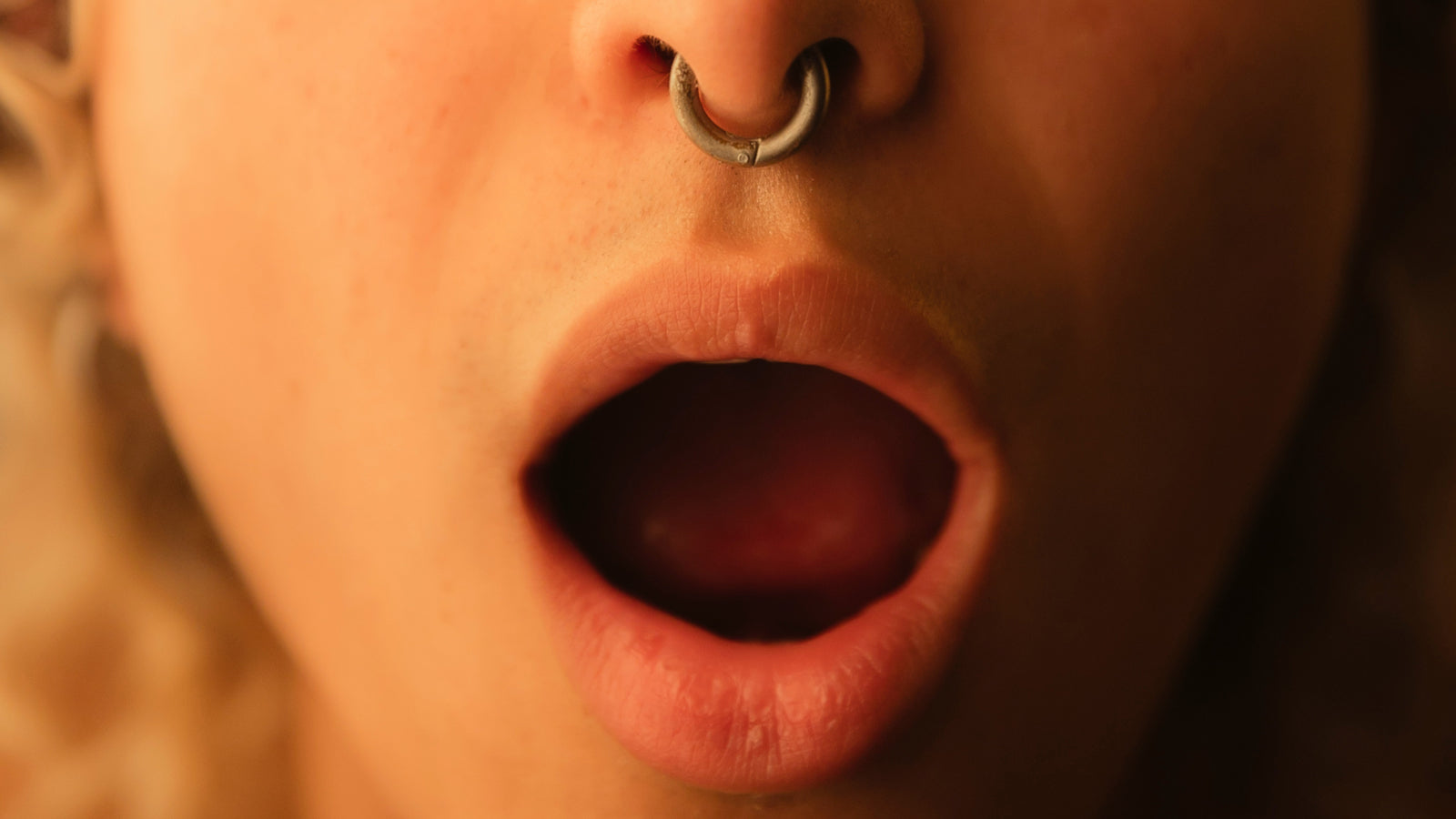
How to Give Her a Full-Body Orgasm

How to Increase Vaginal Lubrication Naturally for Better Sex

A Beginner's Guide to Anal Sex: How to Prepare & Enjoy Your First Time

Tantric Masturbation: The Beginner’s Guide to Mindful Self-Pleasure
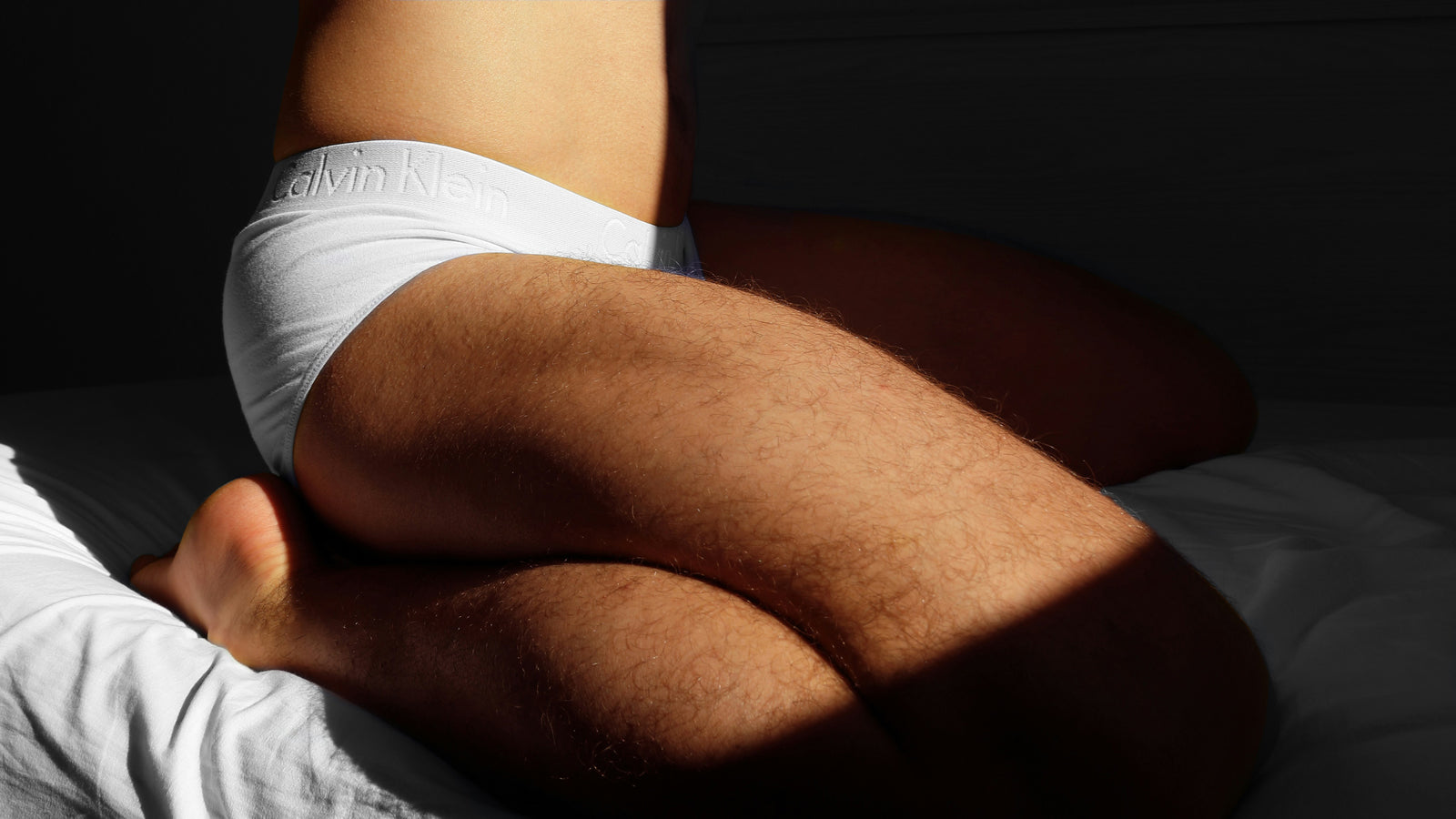
What Is Edging? How to Master Orgasm Control for Deeper Pleasure
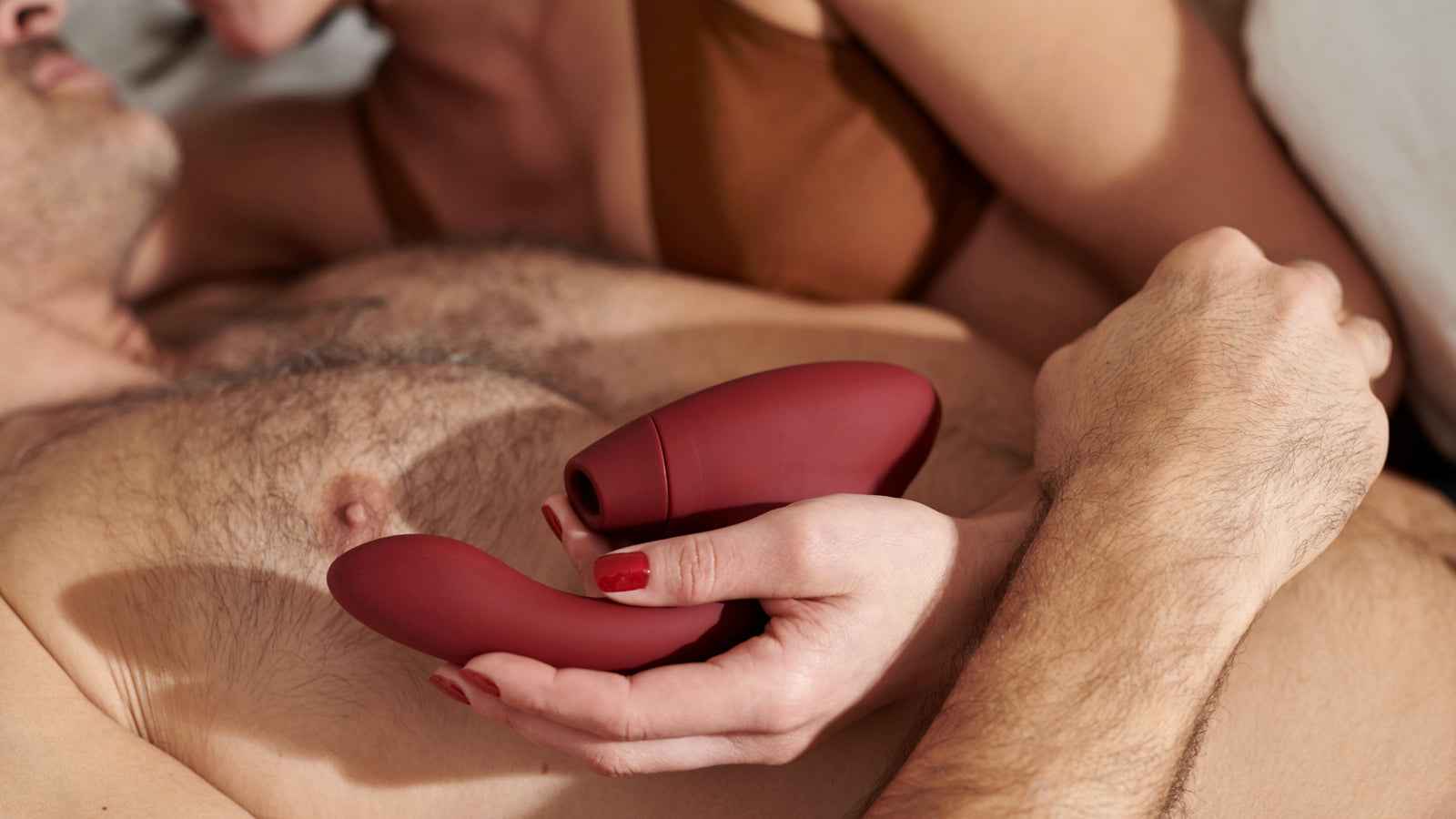
How to Introduce Sex Toys: A Beginner-Friendly Bedroom Guide

What Is Sexual Transmutation? Harnessing Your Sexual Energy for Power

Light Bondage 101: Soft BDSM for Beginners
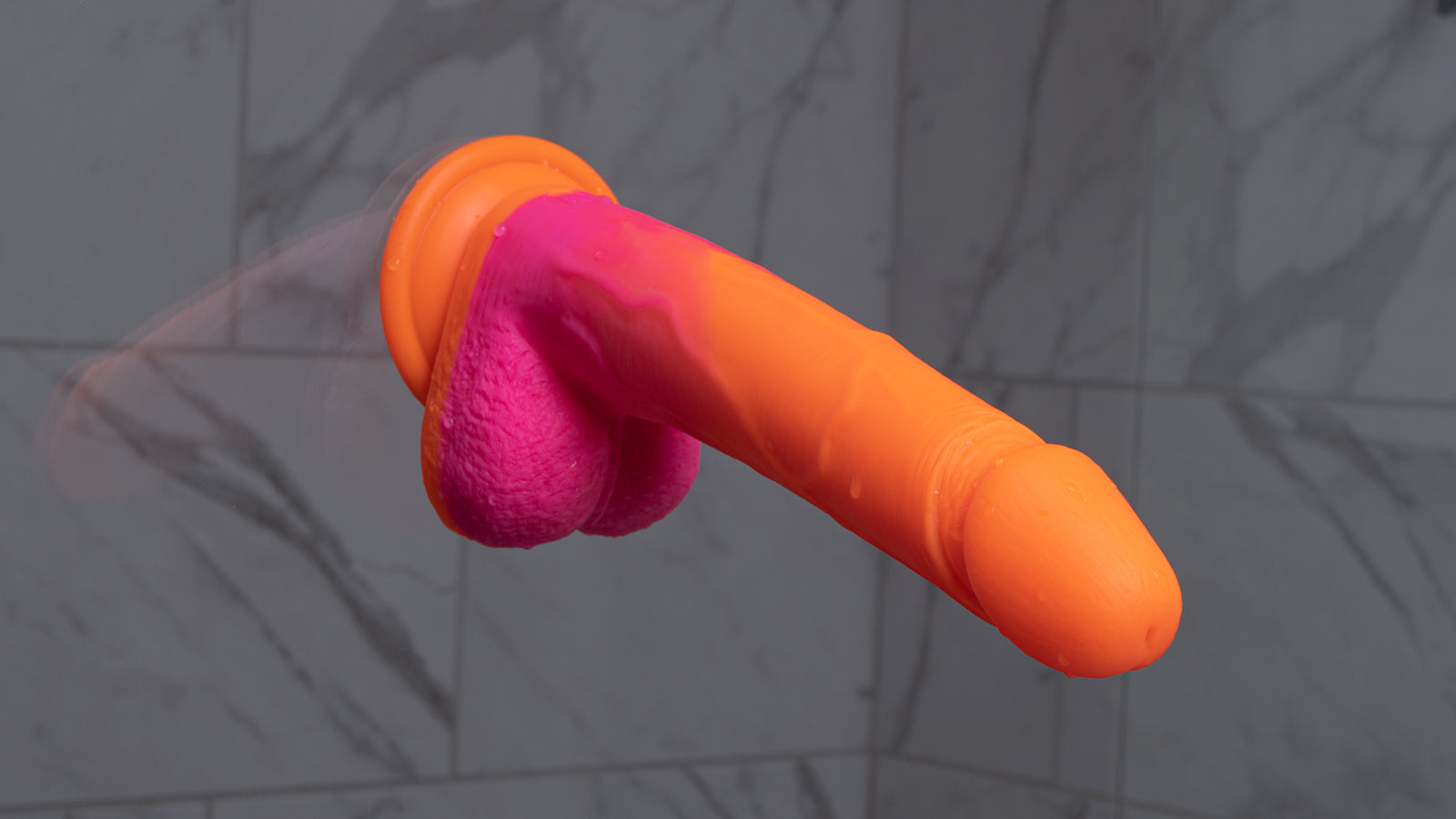
How To Use A Dildo
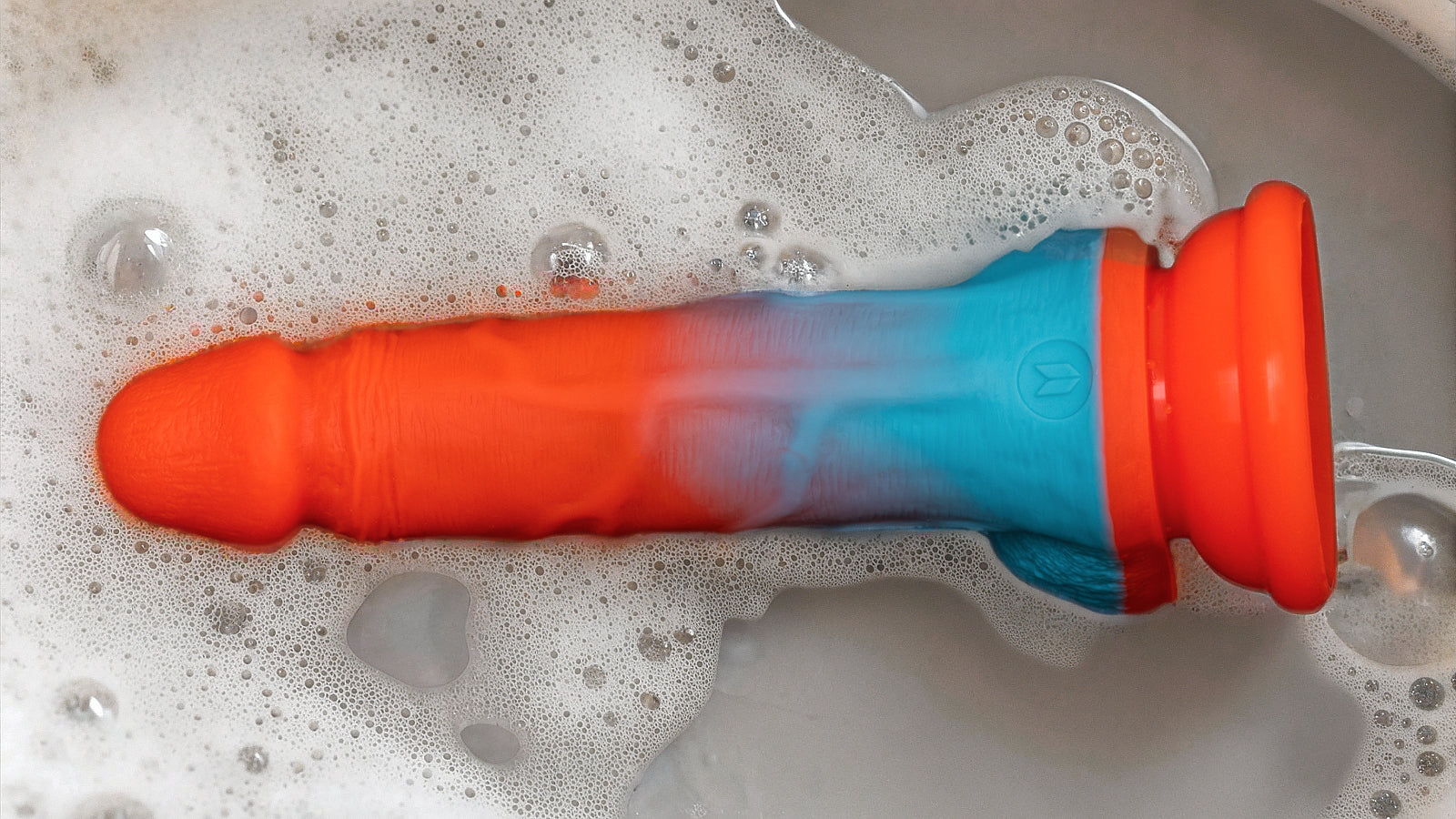
How to Clean A Dildo
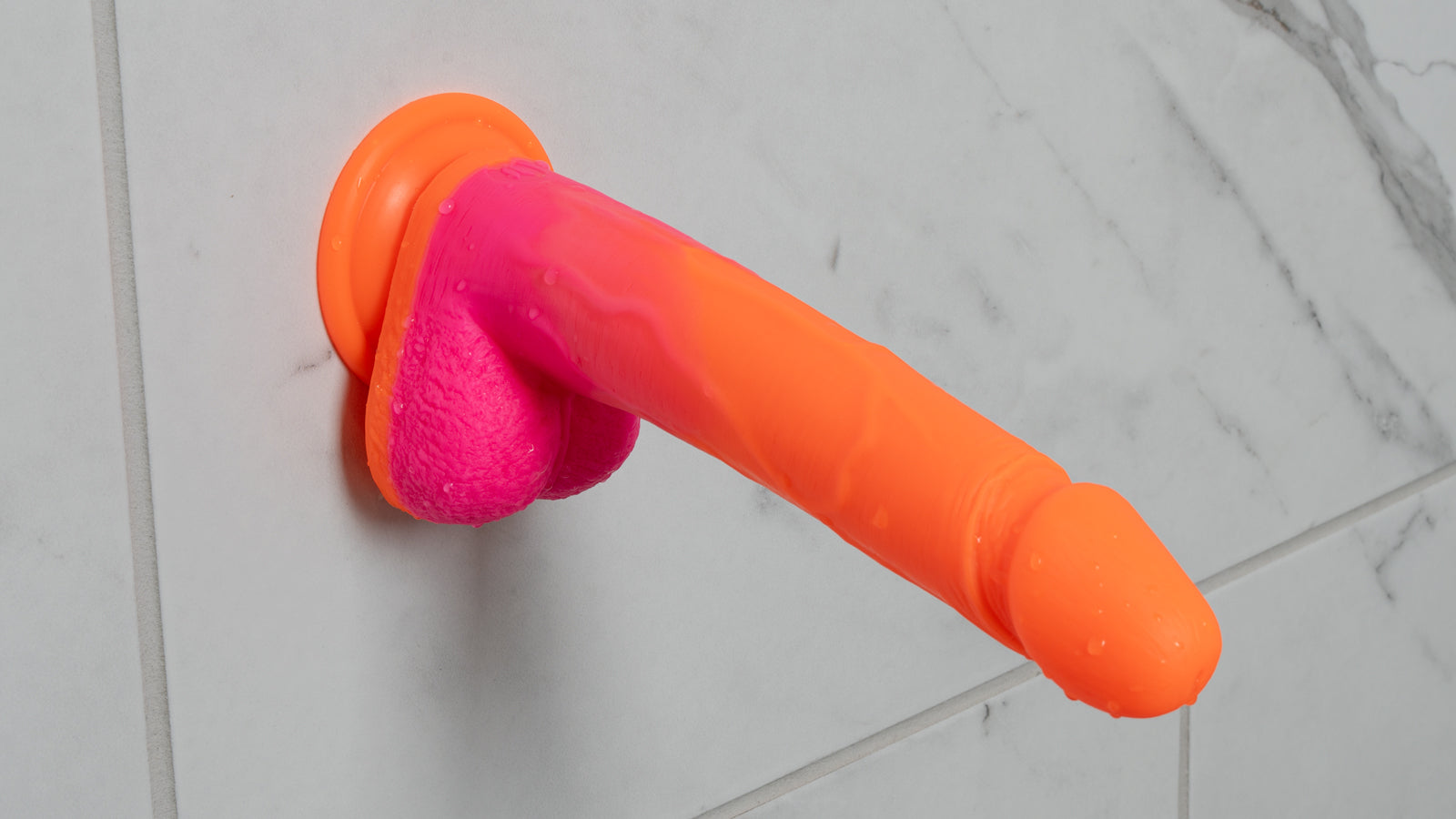
How to Use a Suction Cup Dildo
Water Based vs Silicone Lube
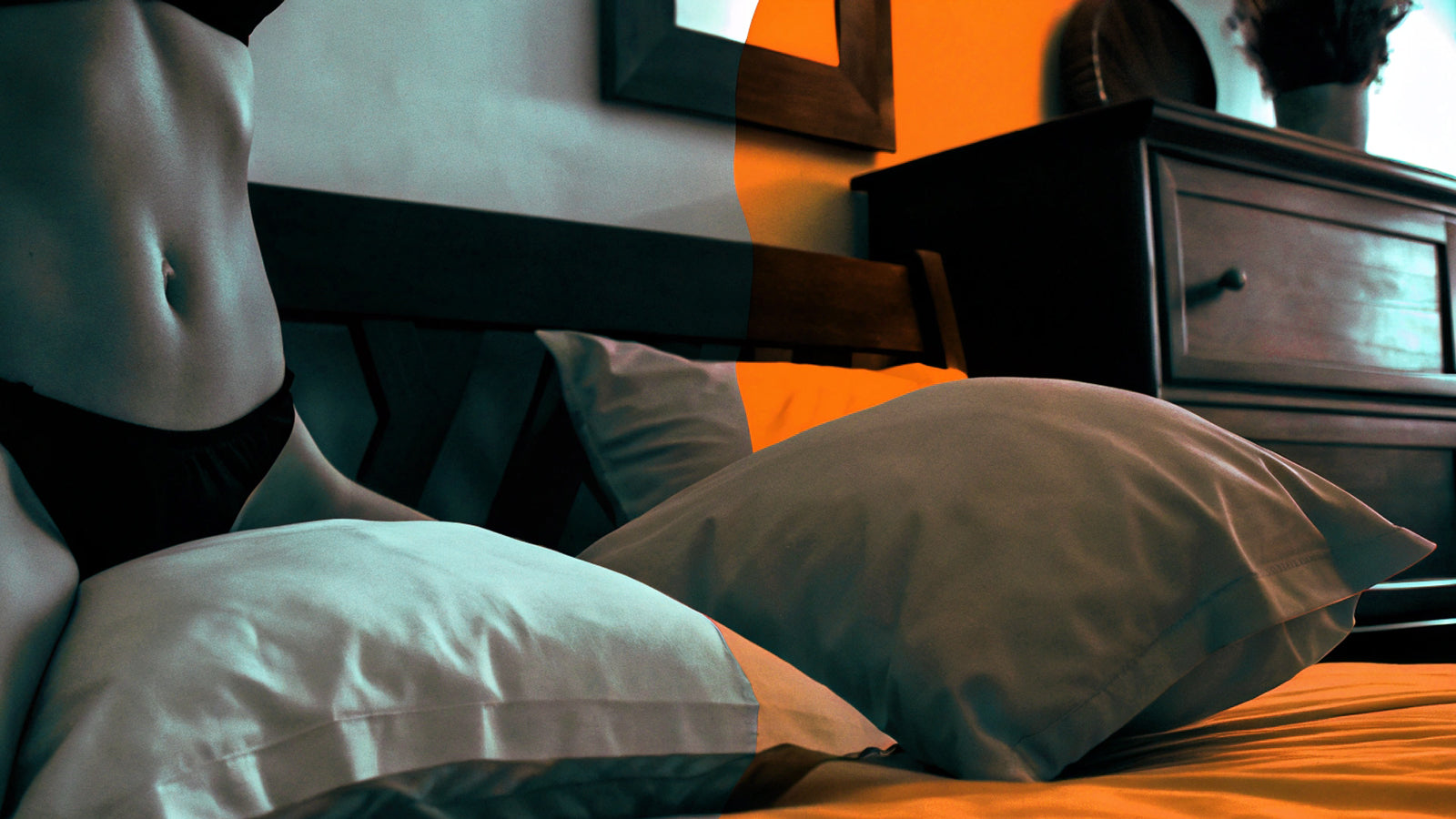
How to Hump a Pillow

What is a Praise Kink & 30 Praise Kink Phrases
Best Lube for Silicone Toys

Male Masturbator Guide: How to Choose the Best One
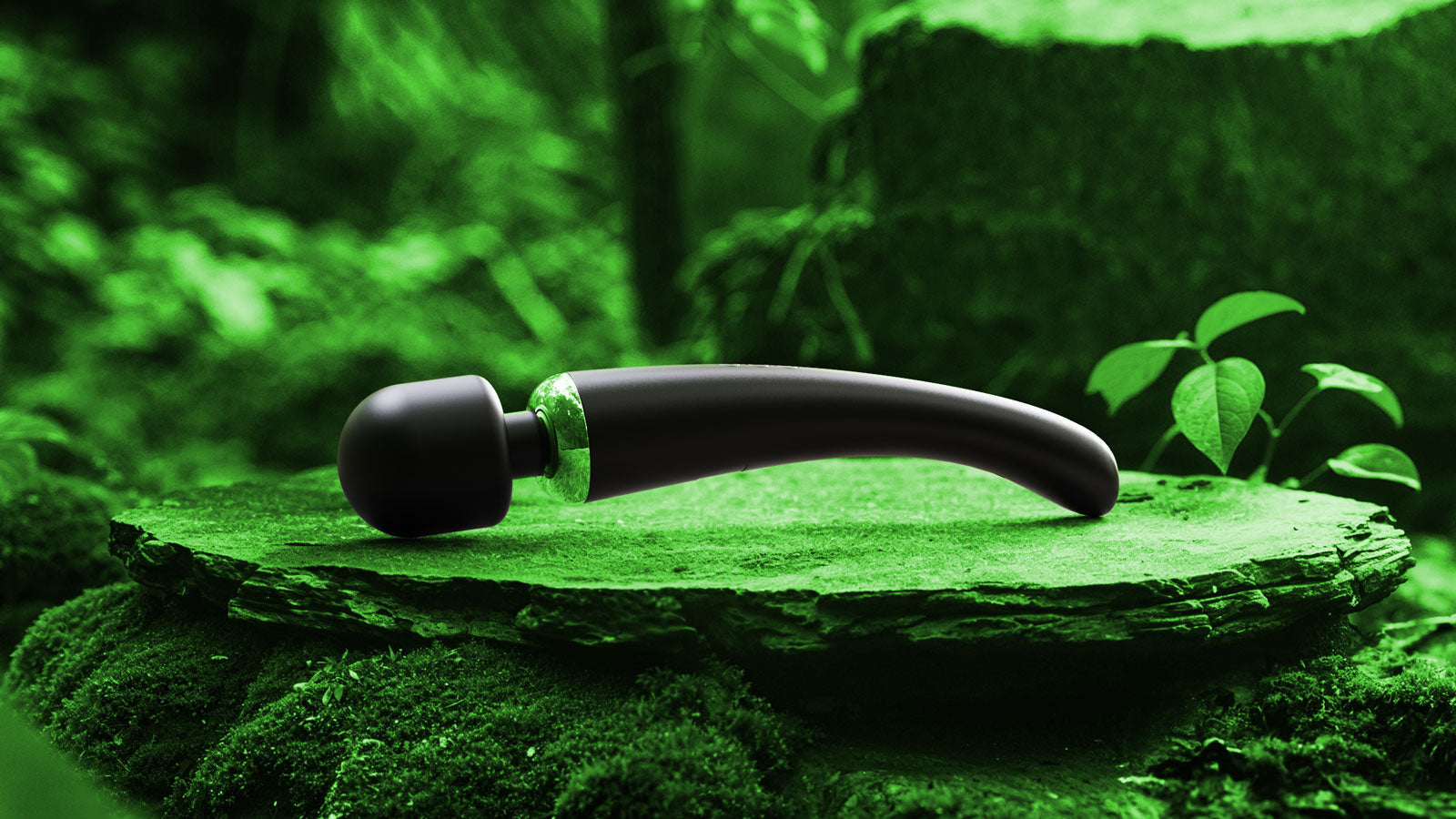
Best Sex Toys for Couples: How to Choose the Right One
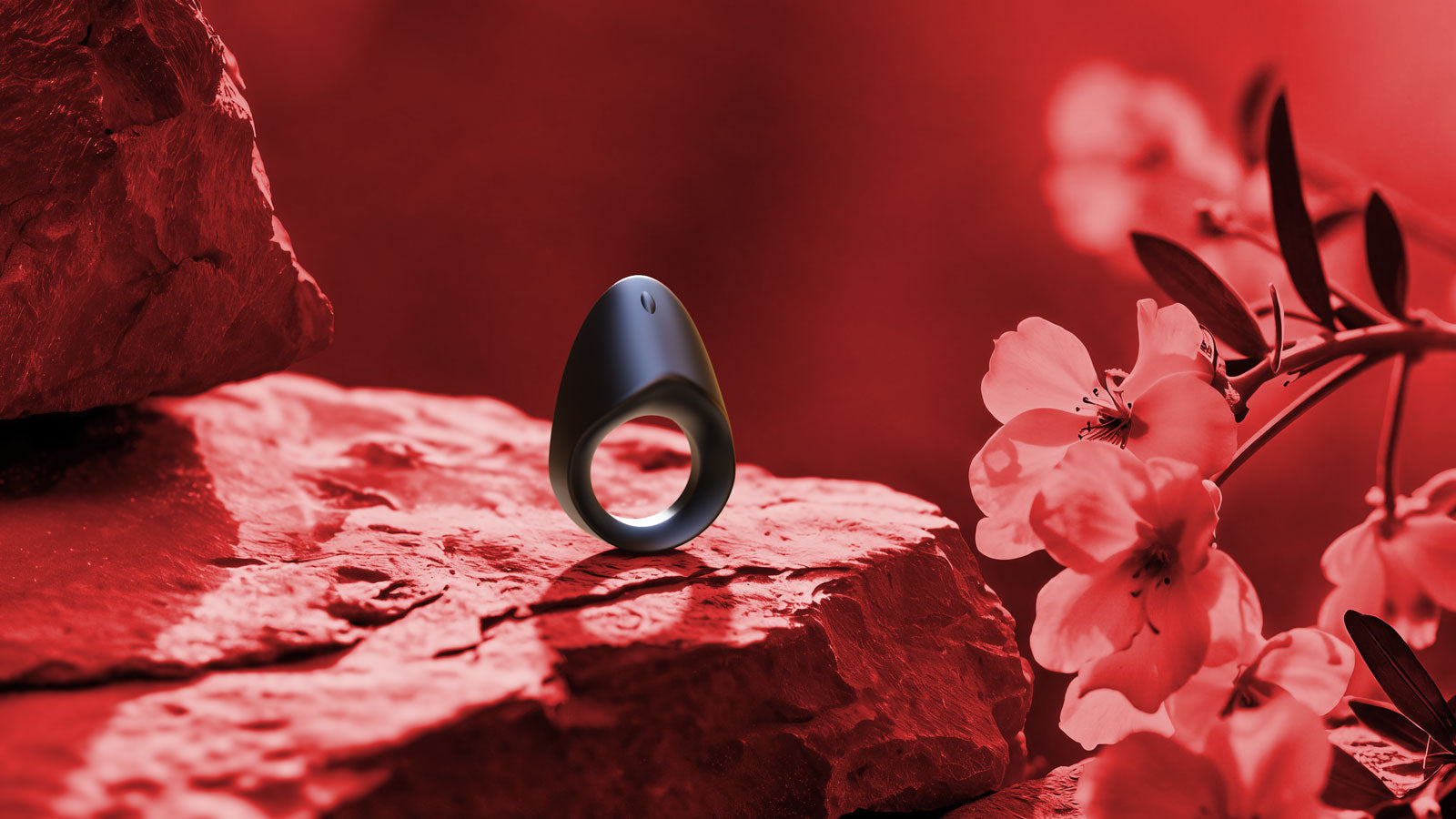
Cock Rings 101: What They Are and How to Use Them
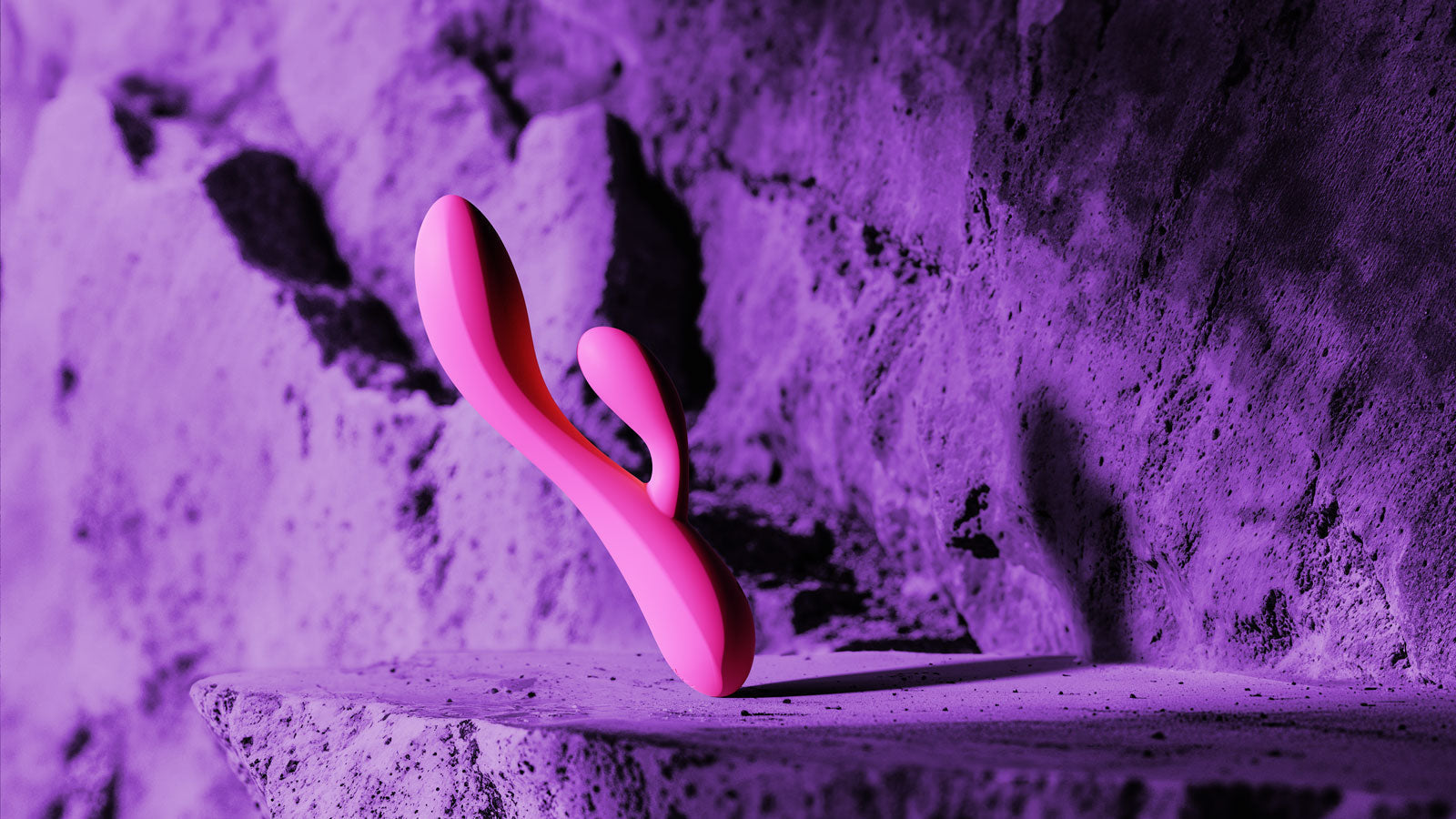
Best Vibrators for Beginners: How to Choose the Right One
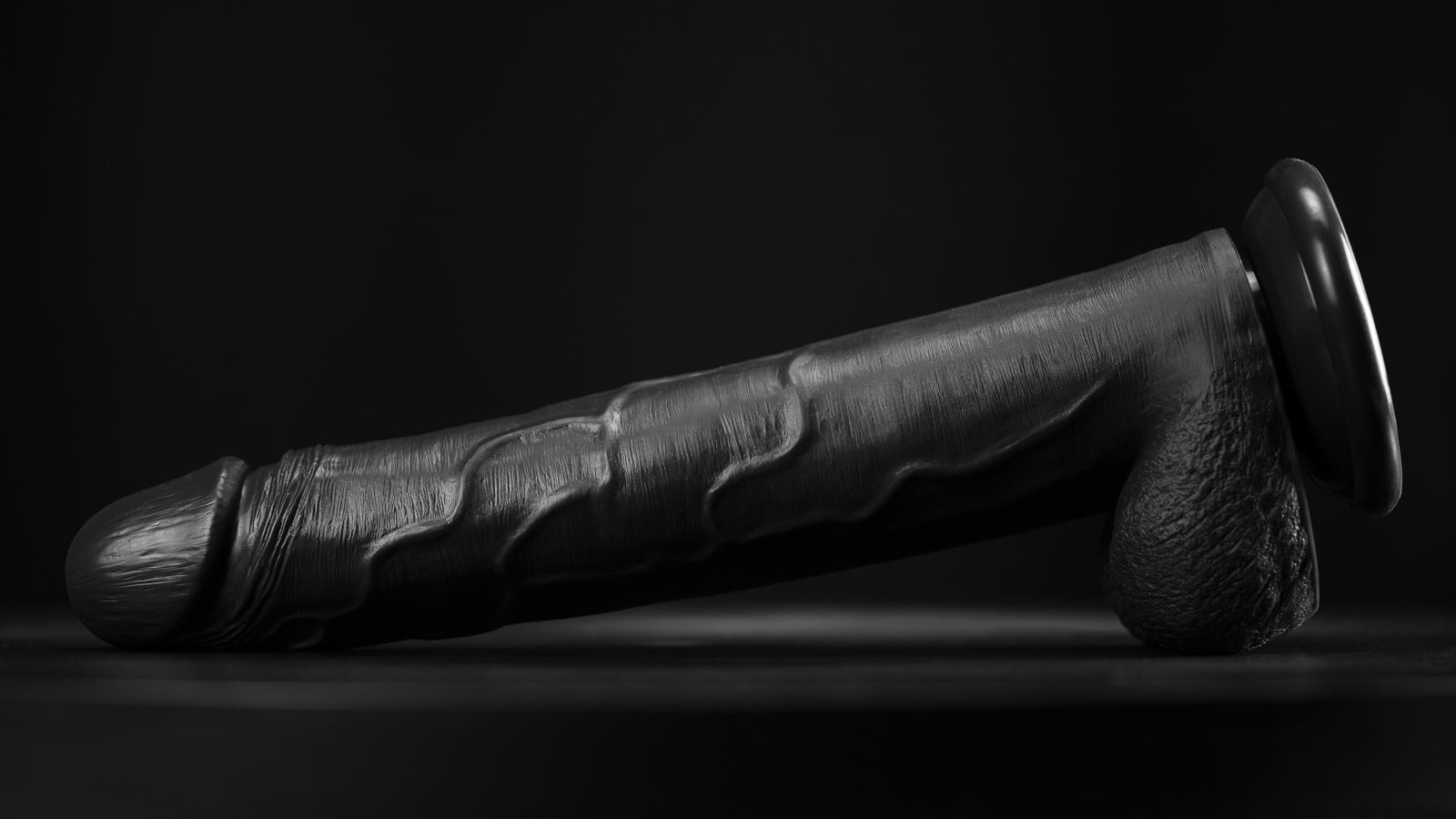
Best Dildos for Beginners: How to Choose the Right One

Lube 101: How to Choose the Right Personal Lubricant

Best Homemade Sex Lube (DIY) – 9 Natural Lube Alternatives
